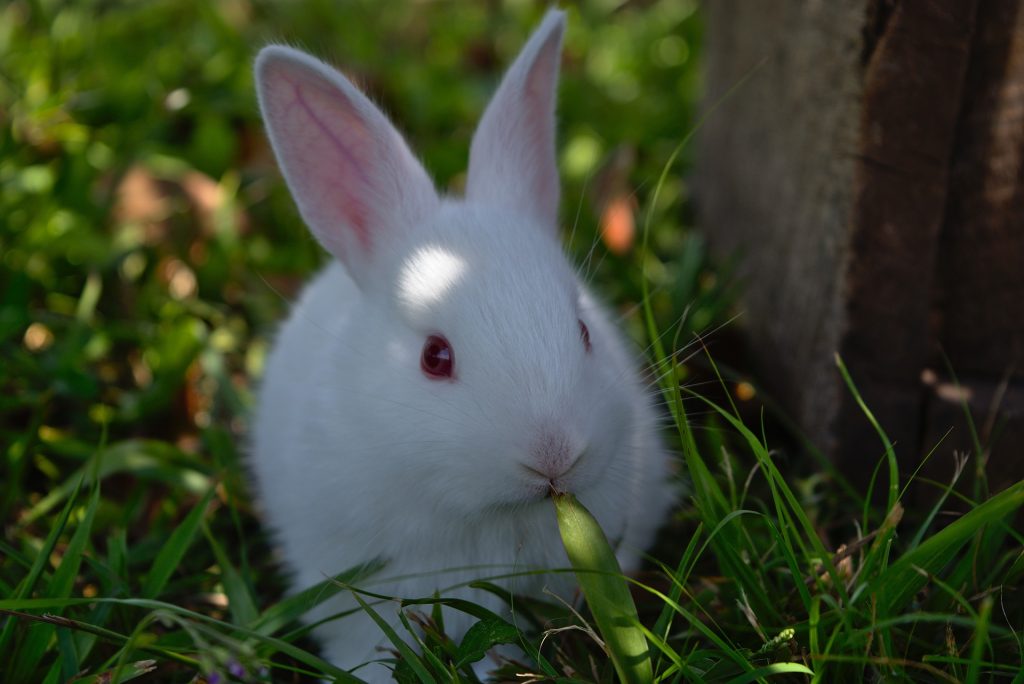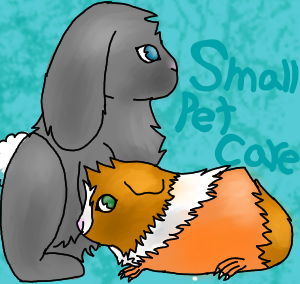Before you get the rabbit home
As such your rabbit does not need a cage but a new untrained rabbit should be kept in a larger pen, a large cage, or something similar. Once rabbits are trained, you get to know them and once you make sure the area is fully rabbit proof – both to avoid injury to rabbits and make sure your furniture and valuables are safe, rabbits can roam around the secured area of your house. Be sure to have a barrier between the rabbit safe area and the rest of your house to make sure the rabbit does not escape to other areas. Rabbits are very curious and they may end up hurting themselves. Besides you can not remove Rabbit’s claws as they are essential for them for gripes – rabbits may end up damaging your house.
- Enclosure. A lot of the cages marketed towards rabbits are way to small, so make sure its big enough. What you could consider as an enclosure:
- Rabbit proof room/house area: This is preferable as it provides a free roaming area for the rabbit. Make sure you have fix designated areas for feeder, water, Litter box, Toys and rabbit friendly exercise structure. You will still need to buy a travel cage when you need to travel with them for vet’s visit, outdoor or some other reasons.
- Large cage without wire flooring: Wire floors are hard on rabbit’s feet and they will avoid it and may end up spending most of their time in a litter box. Choose a rabbit safe cage with hard flooring or comfortable plastic, enough room to roam. Be sure to let them out when you are at home and when rabbits are active – usually dawn and at dusk. When choosing the cage or pen for your rabbit – bigger is better, at least 6 times the size of your rabbit. As per the house rabbit network guideline is to go by at least 8 square feet of enclosure space combined with at least at least 24 square feet of exercise space, for 1-2 rabbits, in which the rabbit(s) can run and play at least 5 hours per day.
- Rabbit condos: Rabbits love condo-like structures with climbing ramps, hiding space, exercise areas and comfortable living space – especially if you have more than one rabbit. When buying or building a rabbit condo – think about rabbit’s comfort and what your furry friend would like – not your aesthetics. It is not a piece of furniture to show off – it’s your pet’s home. You should not use chicken wire for the rabbit enclosure as they can chew and hurt themselves. Also – if you decide to buy or build a condo with metal, make sure slats are tightly spaced so that rabbit can not get his/her head through otherwise they can get strangled or get seriously injured.
- Bedding. Make sure whatever bedding you use is safe. Stay away from pine, cedar, and sawdust. Dust-free paper is a good choice as its absorbent and safe.
- Litter tray. Rabbits need to be trained to use a litter box. Put bedding inside of the litter box to encourage them to use it. Don’t fill it with cat or clumping litter, as this is unsafe
- Food bowls. Buy ceramic or other heavy bowls, that way its harder to tip over.
- Water bottle. You can pick either a bowl or bottle for your rabbits water. Bottles sometimes leak and can make a mess, but bowls get dirtier faster so their are pro’s and con’s to both
- Toys. rabbits need enrichment and stimulation. Your can get toys like wooden chews, just make sure the wood is safe. Foraging toys, and balls.
- Grooming supplies like brushes and nail clippers.
- Food. you should have high-quality timothy hay, safe fruits and vegetables, and hay-based pellets.


